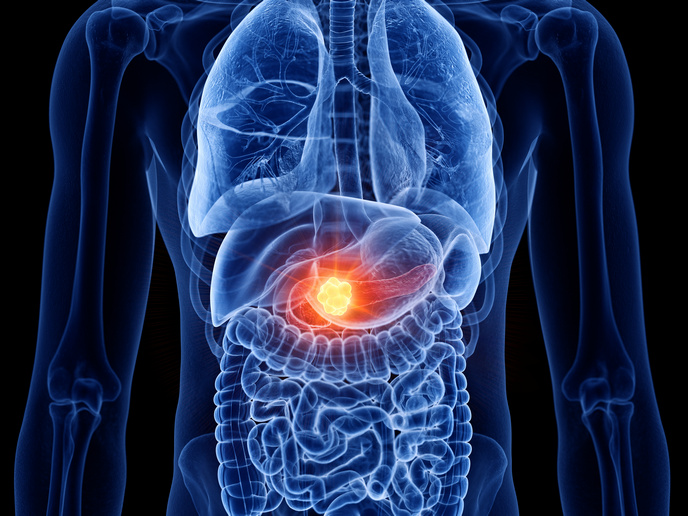Microbial dynamics of antibiotic resistance
The emergence of antibiotic resistance in bacteria has dramatically decreased the therapeutic options available for treating bacterial infections. To address this issue, the EU-funded EVOTAR (Evolution and transfer of antibiotic resistance) project worked to uncover mechanisms involved in the evolution and spread of antibiotic resistance in human pathogens. The consortium employed different technologies, such as full metagenomic sequencing, functional metagenomic selections, and resistance gene capture platforms. Their objective was to characterise the human reservoir of antibiotic resistance genes, the resistome. Metagenomic sequencing revealed that long-term (chronic) exposure to antibiotics decreased the richness of the microbiome and increased the abundance of ARDs. It clearly demonstrated that such exposure selects species than can survive in the constant presence of antibiotics due to the ARDs they encode. The functional selections found that hospitalisation and antibiotic treatment have profound effects in some patients through expansion of their ARDs. Importantly, some of the data indicated that after six months the abundance of antibiotic resistance genes returned to the original level. Optimised cultivation methods for the human gut microbiota were developed to capture a representative majority of the cells in a sample. These novel culture technologies in combination with whole genome sequencing revealed reservoirs of antibiotic resistant organisms and antibiotic resistance genes in soil and marine environments. EVOTAR also developed the PLACNET tool for the reconstruction of plasmids carrying resistance genes from whole genome sequence data to track the transmission and study the natural history of these plasmids. Another new method was developed to identify ARDs in large complex datasets. This helped them to significantly expand the list of known resistance genes. Project members introduced new mathematical models for studying the host transmission of antibiotic resistance. These models enabled the study of the spread of different diseases and antibiotic resistance through the network of hosts (i.e. patients, hospitals, farms), and identification of hosts that are at risk of becoming infected. The consortium successfully developed an antibiotic resistance gene-capture platform, which currently consists of 80 000 targets of resistance genes and genes associated with the mobile genetic elements. This could contribute to dissecting the spread of resistance at an unprecedented level of quality and speed. A novel intervention approach was taken in EVOTAR and was aimed at administering a compound that absorbs and inhibits residual antibiotics in the human colon. It was anticipated and proven correct that this approach minimizes selective pressures leading to the emergence of antibiotic resistance in and perturbation of the commensal flora, without changing the antibiotic’s absorption fate and its potential to treat the infection for which it has been administered. Taken together, EVOTAR provided new information on the evolution, transfer and emergence of resistance genes. Novel in vitro and in vivo models provide a platform for future studies into the efficacy of novel intervention approaches.
Keywords
Antibiotic resistance, antimicrobial resistance determinants, EVOTAR, metagenomic







